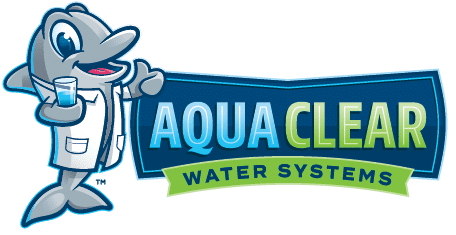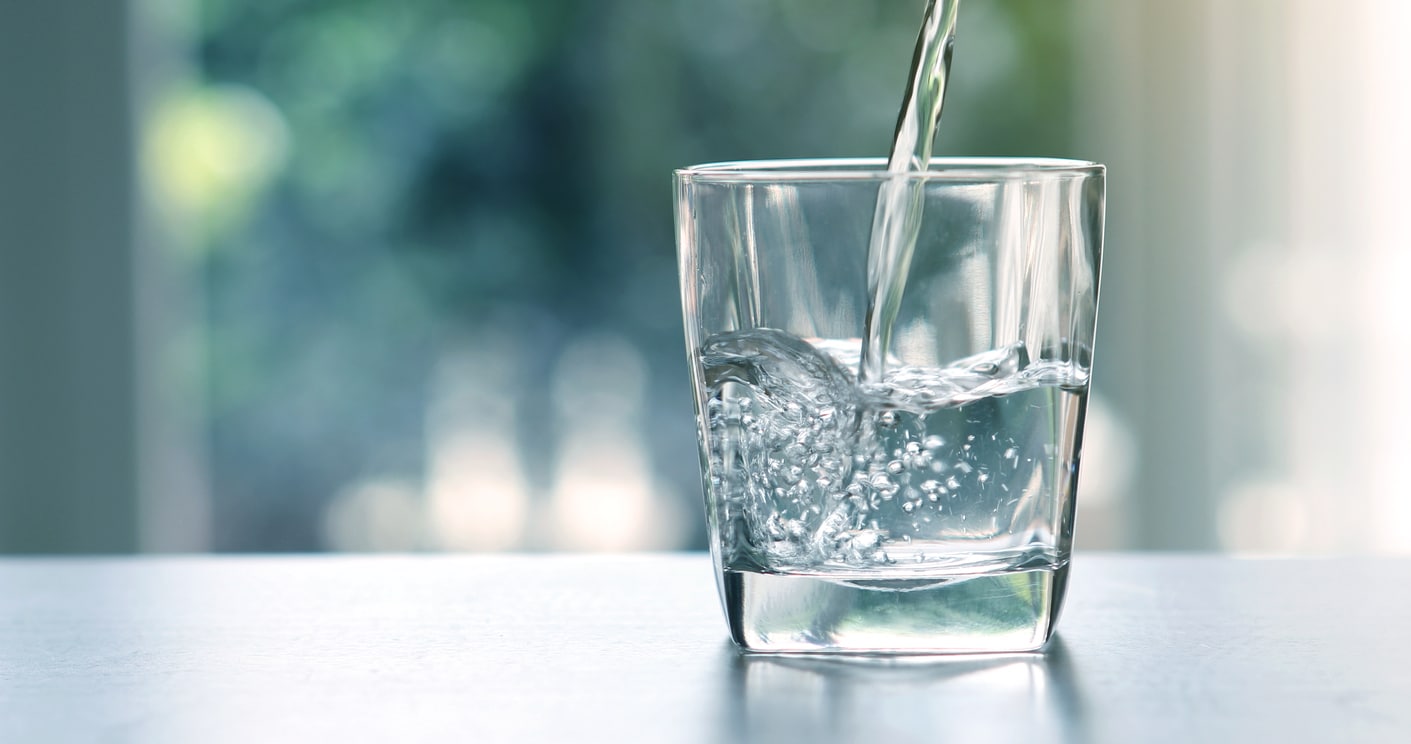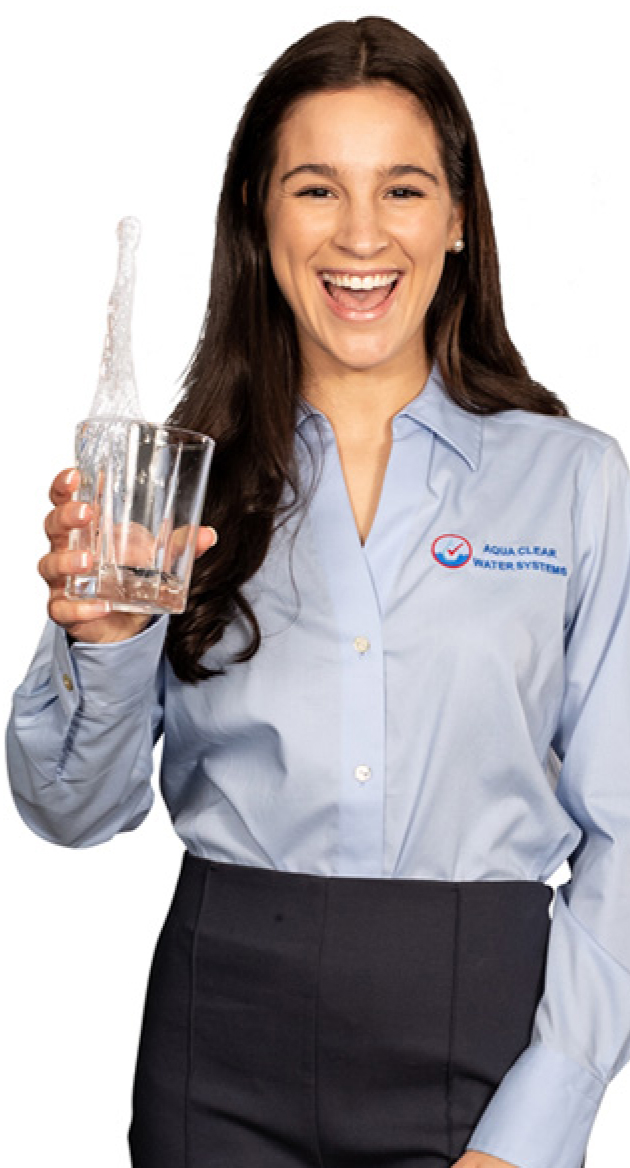Copper in water is a positive ion. Unlike many other contaminants, copper usually does not come from the water source. Rather, the copper is a result of corrosion of copper piping. For this reason, the U.S. EPA specifies corrosion prevention as the treatment for copper.
Copper corrosion commonly is associated with water that has a low pH level. However, a more important consideration is the level of carbon dioxide (carbonic acid) in the water. Acid itself will not corrode copper metal, but it will remove the protective brown copper oxide coating, exposing metallic copper to corrosive elements in the water. This reaction is similar to the one that occurs when acid flux is used to prepare copper pipe for soldering. Another potential source of acid is waste products from microorganisms.
The primary cause of copper corrosion is an oxidizing agent like oxygen or chlorine. The oxidizing agent reacts with copper to produce cupric ions, which color the water blue or produce blue-green stains. A whole house filtration system can reduce chlorine, but there is no practical method to remove oxygen from a residential water supply. The alternative is to apply a different protective coating by feeding a polyphosphate or polyphosphate/silicate chemical.
Potential problems from copper in water include: live or kidney damage, blue-green stain, metallic taste, green hair, toxic to fish.
The U.S EPA Drinking Water Standard is 1.3 mg/L and if you want to know your copper levels we offer free copper water testing in the home with our state-of-the-art spectrometers.
Click here to get a FREE copper test in home







